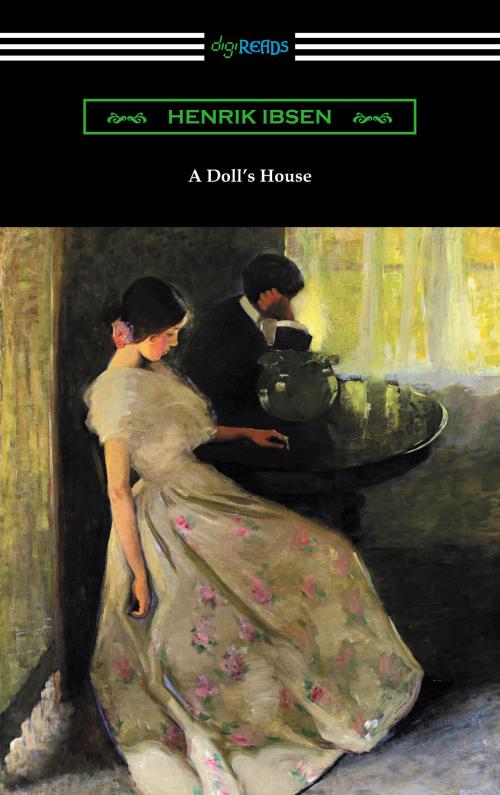A Doll's House (Translated by R. Farquharson Sharp with an Introduction by William Archer)
Fiction & Literature, Drama, Nonfiction, Entertainment| Author: | Henrik Ibsen | ISBN: | 9781420953954 |
| Publisher: | Neeland Media LLC | Publication: | September 30, 2016 |
| Imprint: | Digireads.com Publishing | Language: | English |
| Author: | Henrik Ibsen |
| ISBN: | 9781420953954 |
| Publisher: | Neeland Media LLC |
| Publication: | September 30, 2016 |
| Imprint: | Digireads.com Publishing |
| Language: | English |
First performed at the Royal Theatre in Copenhagen, Denmark, on December 21, 1879, “A Doll’s House” is one of Henrik Ibsen’s most famous plays. It is the story of Nora Helmer who has secretly borrowed a large sum of money to help her husband recover from a serious illness, sometime prior to the beginning of the play. Nora who has borrowed this money by forging her father’s signature soon fears that her secret will be discovered when her husband, Torvald, becomes director of the bank and fires an associate, Nils Krogstad, who knows of Nora’s transgression. When Krogstad threatens to reveal Nora’s secret, she begs her husband not to reinstate him, however, he refuses. The tension that arises in Nora and Torvald’s marriage ultimately comes to a head when Torvald finally learns of the forgery. A gripping drama about a failing, loveless marriage, “A Doll’s House” was very controversial when it debuted, because of its critical attitude toward 19th-century marriage norms. Ibsen himself believed that the male dominated society of the 19th-century society failed to allow women to truly be themselves, and thus advocated, through his work, for an advancement of women’s rights. This edition includes an introduction by William Archer.
First performed at the Royal Theatre in Copenhagen, Denmark, on December 21, 1879, “A Doll’s House” is one of Henrik Ibsen’s most famous plays. It is the story of Nora Helmer who has secretly borrowed a large sum of money to help her husband recover from a serious illness, sometime prior to the beginning of the play. Nora who has borrowed this money by forging her father’s signature soon fears that her secret will be discovered when her husband, Torvald, becomes director of the bank and fires an associate, Nils Krogstad, who knows of Nora’s transgression. When Krogstad threatens to reveal Nora’s secret, she begs her husband not to reinstate him, however, he refuses. The tension that arises in Nora and Torvald’s marriage ultimately comes to a head when Torvald finally learns of the forgery. A gripping drama about a failing, loveless marriage, “A Doll’s House” was very controversial when it debuted, because of its critical attitude toward 19th-century marriage norms. Ibsen himself believed that the male dominated society of the 19th-century society failed to allow women to truly be themselves, and thus advocated, through his work, for an advancement of women’s rights. This edition includes an introduction by William Archer.






![Cover of the book Oedipus Rex (Oedipus the King) [Translated by E. H. Plumptre with an Introduction by John Williams White] by Henrik Ibsen](https://www.kuoky.com/images/2016/may/300x300/9781420953473-WJXP_300x.jpg)








